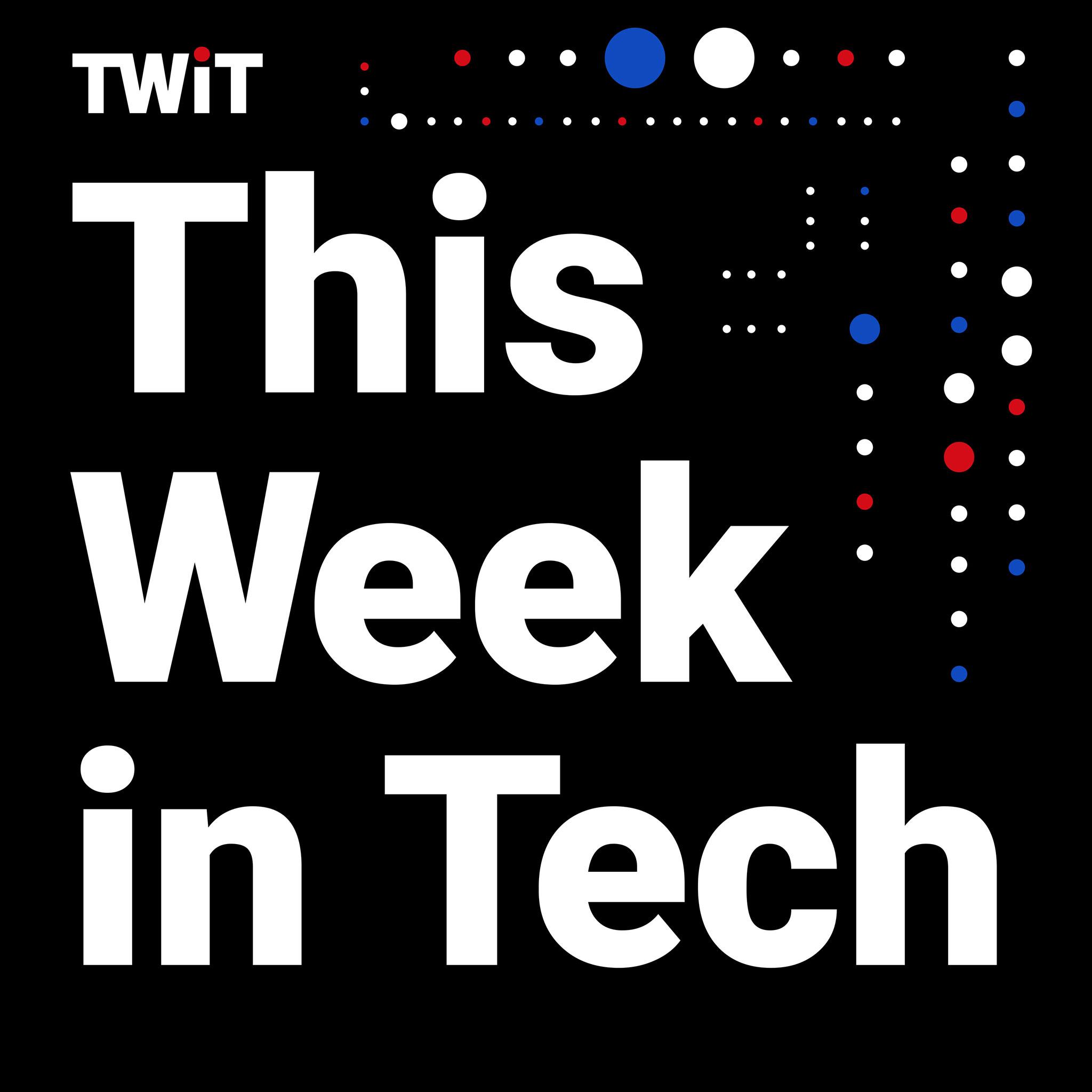5 min read
Preparations for Next Moonwalk Simulations Underway (and Underwater)
When it comes to building spaceflight missions, the software is at least as important as the hardware. For computer engineer Nargess Memarsadeghi, having a hand in the programming is like getting to go along for the ride.
Name: Nargess Memarsadeghi
Title: Associate Branch Head, Software Systems Engineering Branch
Formal Job Classification: Supervisory Computer Engineer
Organization: Software Systems Engineering Branch, Software Engineering Division, Engineering Directorate (Code 581)
What do you do and what is most interesting about your role here at Goddard?
As associate branch head for the Software Systems Engineering Branch, I spend half of my time supporting the branch head on internal functions, different planning activities, and supervising our employees who are senior software systems engineers and often team leads themselves.
For the other half of my time, I work on a technical project. Currently, I am supporting the Human Landing Systems (HLS) project. I am a member of NASA HLS Software Insight Team working with NASA’s Marshall Space Flight Center in Huntsville, Alabama, and Johnson Space Center in Houston, and industry partners SpaceX and Blue Origin to meet software requirements and milestones, and to ensure the Artemis campaign succeeds in taking astronauts to the Moon.
I enjoy learning about various NASA missions and being part of them either by supporting our branch employees who work on these missions or by being a project team member and making technical contributions directly.
Why did you become a software engineer?
I always loved math and sciences. Software engineering seemed like a good and practical way to apply math to different scientific and engineering applications.
What is your educational background?
I got my bachelor’s (2001), master’s (2004), and doctorate (2007) degrees in computer science from the University of Maryland at College Park.
How did you come to Goddard?
I joined Goddard in 2001 right after college. The university had a recruitment event at its career center. I signed up for an interview with NASA, which went well. I then got an invitation for an onsite interview, and then an offer to join Goddard as a computer engineer.
What is your supervisory style?
I have been supervising on average 10 employees. We have tag-ups every two weeks to learn about their work and see if they have any issues or need anything from management. We keep in constant communication which goes both ways. I have an open-door policy. I try to match an employee’s interests and expertise to their work. I am willing to hear their concerns and address them to the best of my ability or putting them in contact with those who can. I enjoy learning about their work and celebrating the achievements.
What are some of the most exciting projects and missions that the Software Systems Engineering Branch is involved with?
We provide end-to-end software systems engineering support to many high-impact missions, like the upcoming flagship astrophysics Roman Space Telescope mission. We support Roman’s software systems, as well as its testing and assembly with one of our software products, the Goddard Dynamic Simulator.
Our team also supports a variety of Earth science missions, such as the Joint Polar Satellite Systems (JPSS), GOES-R, and GOES-U, all of which NASA supports on behalf of the National Oceanic and Atmospheric Administration (NOAA). We also develop and manage different ground segment software systems for different missions including PACE, TSIS-II, and others.
What are some of your career highlights so far?
One was being part of the James Webb Space Telescope team and working on stability testing of microshutters. Webb is a huge, multinational observatory making many scientific discoveries.
Another is being part of the Dawn mission’s satellite working group searching for moons of the asteroid Vesta and dwarf planet Ceres. I worked on this from prelaunch through launch and operations. We were some of the first to see the scientific images soon after being downlinked. It felt like going on a ride with the spacecraft itself.
I would add my more recent work on the Roman Space Telescope.
In general, I really enjoyed working on various missions during their different stages of their life cycle. I got to see the whole picture of how software is used for missions, from technology development to post-launch.
What advice do you give your graduate students and interns as a mentor?
I emphasize that they also need to work on their communication skills, leadership skills, and team building. I tell them to focus not just on their technical skills but also on their interpersonal skills both written and oral. NASA has a lot of collaborative projects and being able to effectively communicate across different levels is crucial for mission success.
Whom do you wish to thank?
I would like to thank my family for their support. I would also like to thank my past teachers and mentors who made a big difference in me and positively impacted my life.
What do you do to relax?
I like going for long walks, spending time with family and friends, and doing activities with my son including attending his piano recitals.
Who is your favorite author?
As a young reader, I enjoyed reading Jules Verne. I also enjoy reading poetry. My favorites are Robert Frost, Emily Dickinson, and Persian poets Sohrab Sepehri and Saadi Shirazi.
What motto do you live by?
Be the change you want to see in the world.
By Elizabeth M. Jarrell
NASA’s Goddard Space Flight Center, Greenbelt, Md.
Conversations With Goddard is a collection of Q&A profiles highlighting the breadth and depth of NASA’s Goddard Space Flight Center’s talented and diverse workforce. The Conversations have been published twice a month on average since May 2011. Read past editions on Goddard’s “Our People” webpage.









Leave a Reply